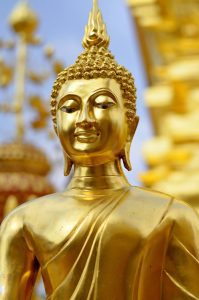The Mexican Fisherman
A little story about a Mexican fisherman illustrates success. However, success means completely different things to different people as you will see …
The businessman was at the pier of a small coastal Mexican village when a small boat with just one fisherman docked. Inside the small boat were several large yellowfin tuna. The businessman complimented the Mexican on the quality of his fish and asked how long it took to catch them. The Mexican replied only a little while.
The businessman then asked why he didn’t stay out longer and catch more fish? The Mexican said he had enough to support his family’s immediate needs. The businessman then asked, but what do you do with the rest of your time? The Mexican fisherman said, “I sleep late, fish a little, play with my children, take a siesta with my wife, Maria, stroll into the village each evening where I sip wine and play guitar with my amigos; I have a full and busy life, señor.”




